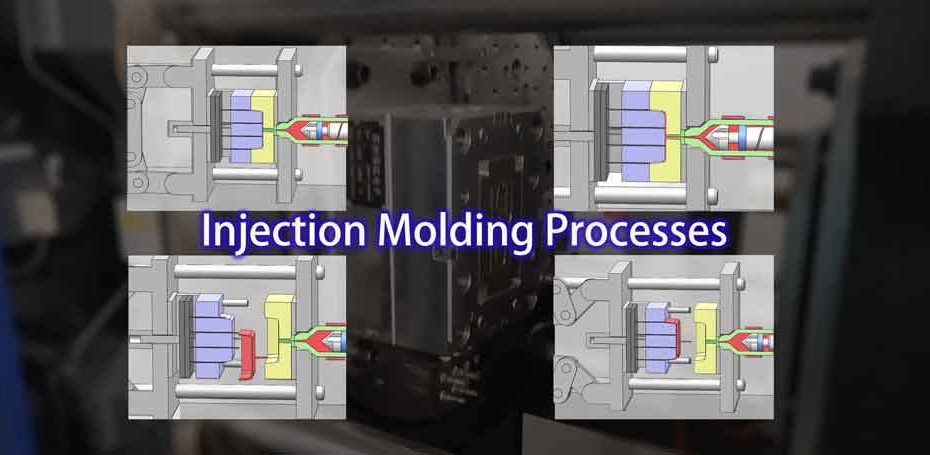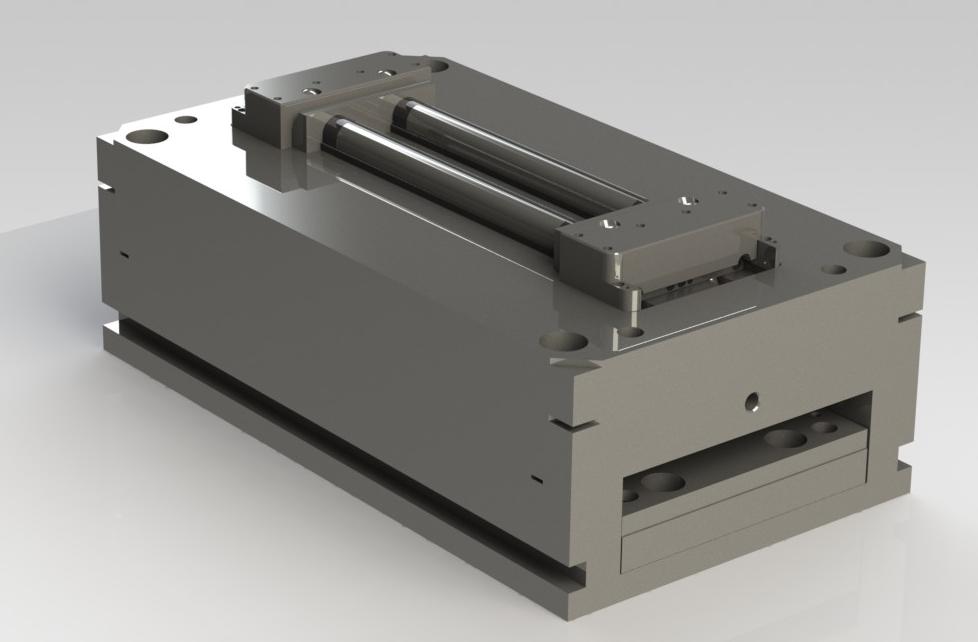How Plastic Injection Molding Guarantees Consistency and Accuracy in Production
How Plastic Injection Molding Guarantees Consistency and Accuracy in Production
Blog Article
Comprehending the Basics of Plastic Injection Molding Procedures
Plastic shot molding works as a foundation of modern-day production, providing a methodical strategy to producing complex elements with accuracy. This procedure not just encompasses the essential steps of melting and infusing products right into mold and mildews yet additionally involves a nuanced understanding of different affecting variables, such as temperature level and stress. As sectors significantly require efficiency and top quality, the details of this methodology end up being much more important. Discovering these important aspects might expose exactly how even minor modifications can cause considerable enhancements in manufacturing results, questioning regarding the potential for development in this recognized process.
What Is Plastic Shot Molding?
Plastic injection molding is an extensively utilized production process that changes thermosetting and polycarbonate materials into precise and complicated forms. This method is preferred for its ability to generate high volumes of similar get rid of outstanding accuracy, making it a vital method in different industries, including vehicle, consumer goods, and clinical tools.
The process includes thawing the chosen plastic material and injecting it right into a mold and mildew under high pressure. The mold, created to the specs of the preferred component, permits the molten plastic to form as it cools down and strengthens. Once the material has solidified, the mold and mildew is opened up, and the ended up component is ejected.
Plastic injection molding provides a number of benefits, consisting of lowered waste, consistency in production, and the capability to integrate complex layouts that might be testing with various other producing methods. Additionally, it sustains a wide range of materials, each giving special properties that can be tailored for details applications. As markets continue to introduce, plastic shot molding continues to be at the leading edge, allowing the growth of advanced items that meet evolving customer needs.
The Shot Molding Process
The shot molding procedure is an innovative technique that involves a number of vital stages to create top notch plastic components. Plastic pellets are fed into a heated barrel where they are thawed right into a viscous liquid. This molten plastic is then infused under high pressure into a precision-engineered mold, which forms the material into the desired type.
Once the mold is filled, the plastic is allowed to cool and strengthen, taking the form of the mold dental caries. Cooling time is vital, as it influences the cycle time and the final properties of the shaped component. After adequate air conditioning, the mold and mildew opens, and the ended up part is ejected utilizing ejector pins.

Materials Made Use Of in Shot Molding
Different materials can be utilized in the shot molding procedure, each offering one-of-a-kind residential or commercial properties that accommodate certain applications. The most generally utilized materials consist of thermoplastics, thermosetting plastics, and elastomers.

Thermosetting plastics, like epoxy and phenolic materials, go through a chemical change throughout the treating process, resulting in an inflexible, stringent structure. These materials are perfect for applications needing high heat resistance and structural integrity, often made use of in auto components and electrical insulators.
Elastomers, consisting of silicone and rubber-based materials, give adaptability and strength. Their special residential or commercial properties make them suitable for applications that require elasticity, such as gaskets and seals.
Additionally, specialized products like bio-based plastics and composites are obtaining traction for their ecological advantages and enhanced performance attributes, expanding the range of injection molding applications in various industries. Comprehending the residential or commercial properties of these materials is crucial for picking the proper type for certain projects.
Advantages of Shot Molding
Shot molding attracts attention as an extremely effective manufacturing procedure that provides numerous benefits for creating complicated parts with accuracy. One of one of the most significant advantages is the ability to produce elaborate designs that would be tough or impossible to accomplish with other approaches (Plastic Injection Molding). The process enables for comprehensive features and limited tolerances, guaranteeing top quality components
In addition, shot molding is known for its quick manufacturing abilities, making it an optimal choice for high-volume production. When the mold is developed, parts can be produced swiftly, decreasing lead times and boosting overall performance. This effectiveness not only reduces manufacturing expenses however also gives an one-upmanship out there.
The flexibility of products utilized in shot molding even more boosts its charm. A vast array of thermoplastics and thermosetting polymers can be used, allowing suppliers to select products that best satisfy their details requirements, consisting of warmth, flexibility, and toughness resistance.
Moreover, the procedure minimizes waste, as excess material can commonly be recycled and reused. This sustainability element adds to a lowered environmental effect, making shot molding a liable production selection. Overall, the advantages of injection molding make it a favored approach for several industries.
Elements Impacting Product High Quality
While countless variables can affect product quality in injection molding, recognizing these elements is critical for accomplishing optimum results. Trick facets consist of product option, refining criteria, and mold and mildew layout.
Product option plays an essential duty, as various polymers display special residential or commercial properties that affect flowability, strength, and thermal stability. Poor product selection can cause flaws such as warping or incomplete filling.
Handling criteria, including cycle, temperature level, and pressure time, have to be diligently managed. Variations in these settings can cause variances partially dimensions and surface area coating. For circumstances, excessively heats might trigger degradation of the polymer, while poor pressure can result in brief shots.
Mold layout is similarly essential, as it establishes the flow of the molten plastic and the cooling procedure. Poorly made molds might cause uneven air conditioning rates, causing dimensional inaccuracies and recurring stresses.

Verdict
Finally, plastic shot molding works as an essential production procedure that makes it why not find out more possible for the reliable manufacturing of top notch elements. Mastery of the injection molding process, consisting of the understanding of you can try here products and the impact of different elements on product top quality, is crucial for attaining optimum outcomes. The advantages of this method, such as cost-effectiveness and layout adaptability, additional underscore its significance throughout numerous markets, strengthening its condition as a favored option for high-volume manufacturing.
Plastic injection molding offers as a foundation of contemporary manufacturing, providing a systematic technique to producing complex parts with precision.Plastic injection molding uses a number of advantages, consisting of decreased waste, uniformity in production, and the capability to include elaborate designs that might be challenging with various other manufacturing approaches (Plastic Injection Molding). As markets continue to innovate, plastic shot molding stays at the forefront, making it possible for the advancement of innovative products that fulfill developing customer needs
The injection molding procedure is a sophisticated strategy that includes numerous essential phases to produce high-grade plastic elements.In verdict, plastic injection molding offers as a crucial production process that allows the reliable production of top notch components.
Report this page